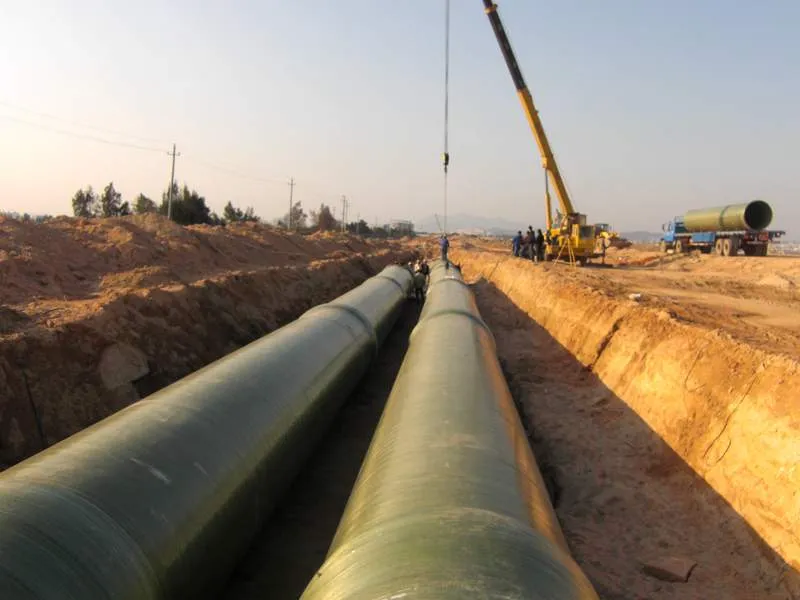
-
 Afrikaans
Afrikaans -
 Albanian
Albanian -
 Amharic
Amharic -
 Arabic
Arabic -
 Armenian
Armenian -
 Azerbaijani
Azerbaijani -
 Basque
Basque -
 Belarusian
Belarusian -
 Bengali
Bengali -
 Bosnian
Bosnian -
 Bulgarian
Bulgarian -
 Catalan
Catalan -
 Cebuano
Cebuano -
 China
China -
 China (Taiwan)
China (Taiwan) -
 Corsican
Corsican -
 Croatian
Croatian -
 Czech
Czech -
 Danish
Danish -
 Dutch
Dutch -
 English
English -
 Esperanto
Esperanto -
 Estonian
Estonian -
 Finnish
Finnish -
 French
French -
 Frisian
Frisian -
 Galician
Galician -
 Georgian
Georgian -
 German
German -
 Greek
Greek -
 Gujarati
Gujarati -
 Haitian Creole
Haitian Creole -
 hausa
hausa -
 hawaiian
hawaiian -
 Hebrew
Hebrew -
 Hindi
Hindi -
 Miao
Miao -
 Hungarian
Hungarian -
 Icelandic
Icelandic -
 igbo
igbo -
 Indonesian
Indonesian -
 irish
irish -
 Italian
Italian -
 Japanese
Japanese -
 Javanese
Javanese -
 Kannada
Kannada -
 kazakh
kazakh -
 Khmer
Khmer -
 Rwandese
Rwandese -
 Korean
Korean -
 Kurdish
Kurdish -
 Kyrgyz
Kyrgyz -
 Lao
Lao -
 Latin
Latin -
 Latvian
Latvian -
 Lithuanian
Lithuanian -
 Luxembourgish
Luxembourgish -
 Macedonian
Macedonian -
 Malgashi
Malgashi -
 Malay
Malay -
 Malayalam
Malayalam -
 Maltese
Maltese -
 Maori
Maori -
 Marathi
Marathi -
 Mongolian
Mongolian -
 Myanmar
Myanmar -
 Nepali
Nepali -
 Norwegian
Norwegian -
 Norwegian
Norwegian -
 Occitan
Occitan -
 Pashto
Pashto -
 Persian
Persian -
 Polish
Polish -
 Portuguese
Portuguese -
 Punjabi
Punjabi -
 Romanian
Romanian -
 Russian
Russian -
 Samoan
Samoan -
 Scottish Gaelic
Scottish Gaelic -
 Serbian
Serbian -
 Sesotho
Sesotho -
 Shona
Shona -
 Sindhi
Sindhi -
 Sinhala
Sinhala -
 Slovak
Slovak -
 Slovenian
Slovenian -
 Somali
Somali -
 Spanish
Spanish -
 Sundanese
Sundanese -
 Swahili
Swahili -
 Swedish
Swedish -
 Tagalog
Tagalog -
 Tajik
Tajik -
 Tamil
Tamil -
 Tatar
Tatar -
 Telugu
Telugu -
 Thai
Thai -
 Turkish
Turkish -
 Turkmen
Turkmen -
 Ukrainian
Ukrainian -
 Urdu
Urdu -
 Uighur
Uighur -
 Uzbek
Uzbek -
 Vietnamese
Vietnamese -
 Welsh
Welsh -
 Bantu
Bantu -
 Yiddish
Yiddish -
 Yoruba
Yoruba -
 Zulu
Zulu
fiberglass holding tanks
Fiberglass Holding Tanks Advantages and Applications
Fiberglass holding tanks have emerged as a popular solution for various water storage and containment needs in both industrial and residential applications. These tanks, often made of reinforced plastic, offer numerous advantages that make them a preferable choice over traditional materials such as steel or concrete. In this article, we will explore the benefits of fiberglass holding tanks, their applications, and some considerations for their use.
One of the most significant advantages of fiberglass holding tanks is their resistance to corrosion. Unlike metal tanks, which can rust and degrade over time when exposed to various chemicals or harsh environmental conditions, fiberglass is highly resistant to chemical damage. This makes fiberglass an ideal choice for industries that handle corrosive substances, such as chemical manufacturing plants, wastewater treatment facilities, and agricultural operations that require the storage of fertilizers or pesticides.
Another benefit of fiberglass holding tanks is their lightweight nature. This characteristic simplifies transportation and installation, reducing labor and equipment costs. Fiberglass tanks can be easily maneuvered into position even in areas with limited access, which is often a challenge when dealing with heavy concrete or metal tanks. Additionally, their lighter weight often results in lower shipping costs, making them an economical choice for businesses.
Fiberglass holding tanks are also incredibly durable. The materials used in their construction provide excellent resistance to impacts and harsh weather conditions. As a result, fiberglass tanks have a longer lifespan compared to other options, many exceeding 30 years with the right maintenance. This longevity not only lowers replacement costs but also minimizes downtime for organizations reliant on consistent water storage.
fiberglass holding tanks

In terms of adaptability, fiberglass holding tanks can be manufactured in a variety of sizes and shapes to meet specific needs. Customization options allow for unique designs that can accommodate particular application requirements. Furthermore, these tanks can be easily used above ground or underground, providing flexibility for different installation environments. This versatility is particularly beneficial in industries like agriculture, where tanks may need to be buried to comply with regulations or to preserve space.
Maintenance is another essential factor that makes fiberglass holding tanks appealing. They are relatively low maintenance compared to their metal counterparts, which may require frequent inspection for rust or leaks. Fiberglass tanks are less prone to leaking due to their seamless construction and non-porous surfaces. Cleaning is also straightforward, as their smooth surfaces prevent the buildup of contaminants, a common issue in tanks made from rougher materials.
Despite the numerous benefits, there are considerations to keep in mind when using fiberglass holding tanks. One important factor is the initial cost, as fiberglass tanks can be more expensive to purchase compared to some metal tanks upfront. However, when accounting for their longevity and maintenance savings, many users find them to be a cost-effective solution over time.
Additionally, it is crucial to ensure proper installation to maximize the advantages of fiberglass tanks. They must be installed on a stable base to prevent shifting or damage, particularly when buried underground. Therefore, proper planning and execution during installation are paramount to ensure optimal performance.
In conclusion, fiberglass holding tanks provide an array of benefits that make them an excellent choice for various applications. With their resistance to corrosion, lightweight nature, durability, and low maintenance requirements, they can effectively meet a wide range of water storage needs. As industries continue to seek efficient and reliable storage solutions, fiberglass tanks are likely to remain a popular option for many years to come. If you're considering a holding tank solution, fiberglass could be the answer to your storage needs.









